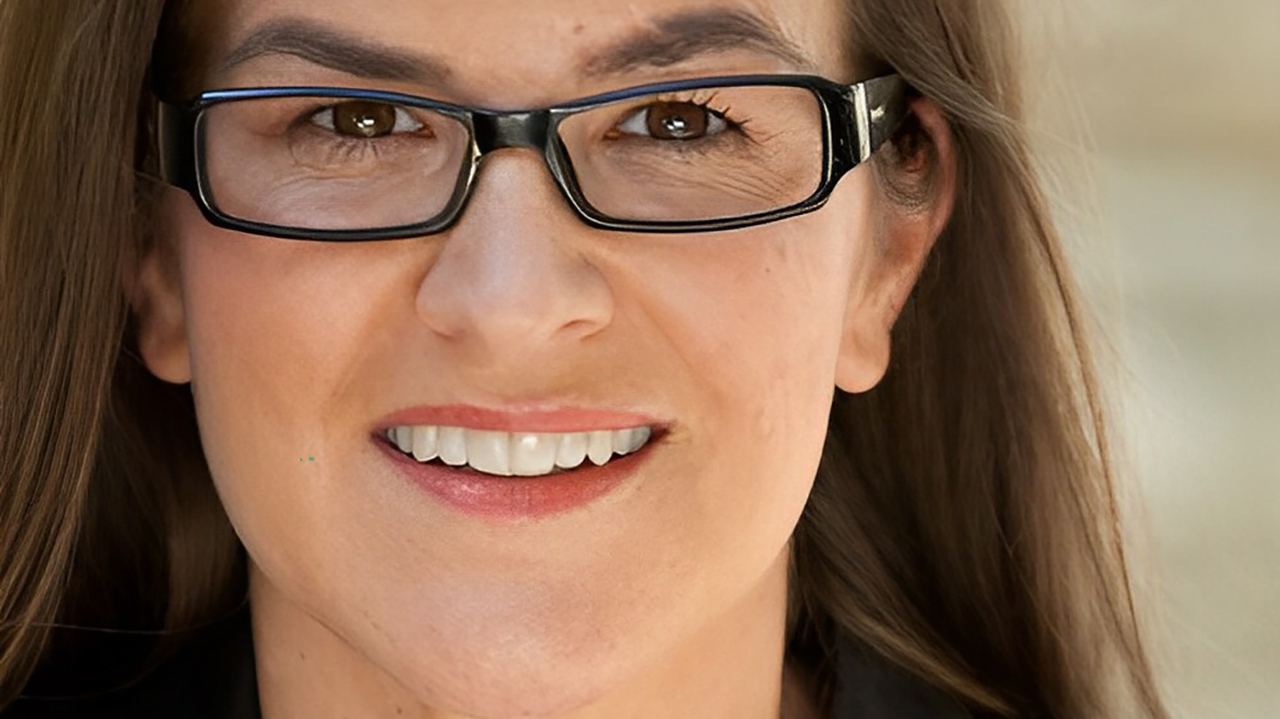Geology professor creates 3D tactile map for students with disabilities

Article By: Staff
What started out as a way to help one visually impaired student turned into two major projects from Dr. Katayoun Mobasher, professor of geology in the Institute for Environmental and Spatial Analysis (IESA) at the University of North Georgia (UNG).
The first idea arose in 2011 when Mobasher realized a visually impaired student enrolled in her geology class could not see the different lines and distinctions on a general 2D map.
"Geology is a field-based science and we also look at a great deal of maps," Mobasher said, pointing to different attributes on a map. "With a visually impaired students, you can't teach these concepts in a traditional way."
The professor tackled the problem in January 2017 thanks to a Presidential Incentive Award. With the funds, Mobasher invited Efren Chavez and Carol Kraemer as consultants to the project and together, they created a two-layer 3D tactile map. The first layer of the map allowed a visually impaired student to learn the coordinates which were broken down it into boxes or zones. The second layer had Braille and textured lines to indicate different elevations, geographic features, and even small buildings.
With the map, a visually impaired student can use his or her fingers to feel the differences on the map. To Mobasher's surprise, it helped others as well.
"Some students who are multisensory learners were struggling with understanding the information shown on a map," she said. "So when I pull out a tactile map, since the information on the map breaks into different layers, it makes it easier for students to grasp the concepts. I often hear them say 'Oh! Now, I understand how everything makes sense.'"
Mobasher did not stop with the map, though. She recreated fossils as tactile illustrations where visually impaired students could examine them. These models were printed out at UNG's 3D printing lab in Gainesville, under Dr. JB Sharma's supervision.
For example, Ammonoid Cephalopod fossils show increase in their structural complexity, the evolutionary trend is shown though suture lines on the surface of fossils," she said. "These lines are very subtle and often difficult to see for students. We recreated the evolutionary pattern of these suture lines by exaggerating the lines, allowing students to feel it."
Mobasher completed her map projects in December 2017. In 2018, she presented it at conferences such as Geological Society of America's national meeting and received positive feedback.
"No one has created anything similar to this," Mobasher said. "It's very unique."
This project is not the only one for which she has received positive feedback. With a 2014 Presidential Award, Mobasher developed an interactive web-based geological field guide and database for the state called "Geology of Georgia."
The field guide is an interactive story map designed to teach the geology of the region by taking the reader to locations of rock outcrops and mineral deposits in Georgia. The pages act as a virtual workbook for students and others interested in Georgia's geology. As further reference, page numbers throughout the story map reference the book Roadside Geology of Georgia.
Her idea, though, stemmed from a desire to help a student see the geological sites in Georgia without having to leave the classroom.
"I added a GoPro camera where students who can't attend because of accessibility could still participate in the activity," she said.
Mobasher also designed the interactive database to allow amateur and professional geologists to contribute with their own information. Contributors may download the Collector for ArcGIS app and/or Survey123 to their smartphones or tablets and then go out into the field to collect geological data. Mobasher checks the accuracy of the database.
Now many groups from the Atlanta Geological Society and Georgia Geological Society to geologists outside of the United States wish to collaborate with her on the project or want help creating their own. Mobasher attributes this interest to a 2018 article about her work published in ArcNews, which is a free publication printed quarterly that provides news on GIS, geospatial technology and Esri software to the Esri user community as well as others interested in mapping and GIS technology.



